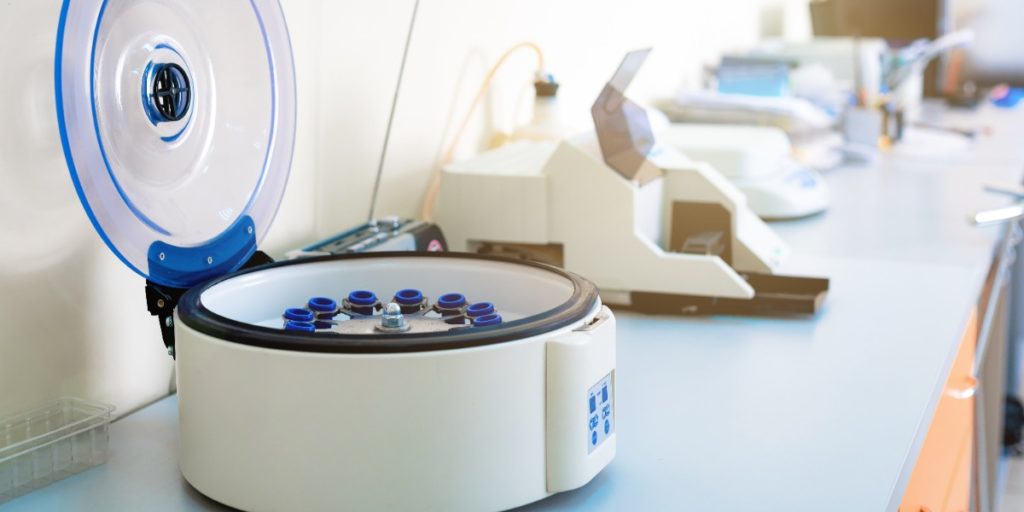Most of the substances we use are mixtures. Milk, a popular animal product that we consume almost daily, is a mixture.
The main components found in milk are proteins, water, fats, and minerals. The fat content in regular milk is 3.5%. The fat content in milk can be reduced to 1.5%. After removing the fat content in milk, we obtain low-fat milk.
The fat content in milk reduces when whole milk is skimmed. Whole milk is put in a centrifuge where the fat particles and cream are removed.
This method of separating fat and cream from the other components of milk using a centrifuge is called centrifugation.
Centrifugation is used to separate particles from solutions using centrifugal force. The technique works on differences in the size of particles, density, shape, and viscosity.
The device used for centrifugation is called a centrifuge.A centrifuge works by spinning and creating a centrifugal force that attracts lighter particles in a mixture leaving the heavier particles at the base of the container.
Here are some centrifugation examples in daily life:
1. Drying wet clothes
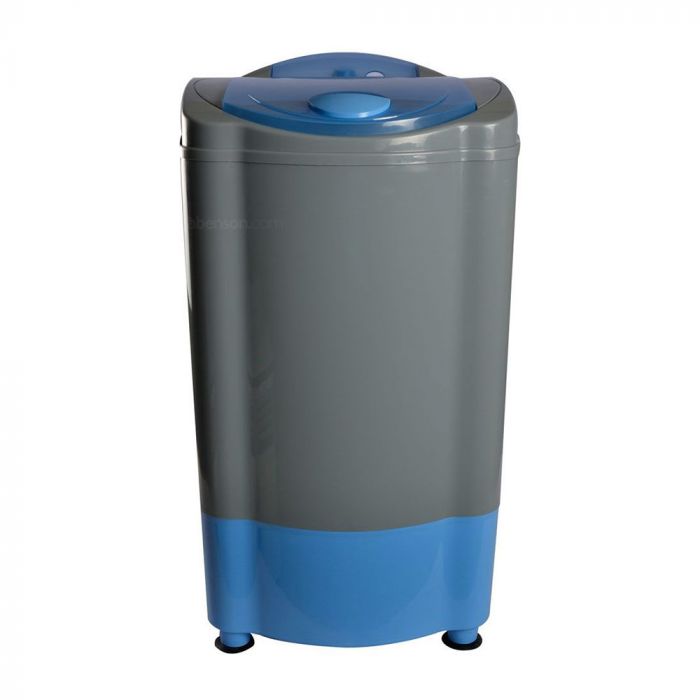
If you want to dry your wet clothes within a short time, a spin drier comes in handy.
The spin drier is a small centrifuge that rotates at high speed. A large centrifugal force is created as the drier spins.
The force drives away water particles horizontally through the small holes of the cloth.
2. Removal of water from lettuce
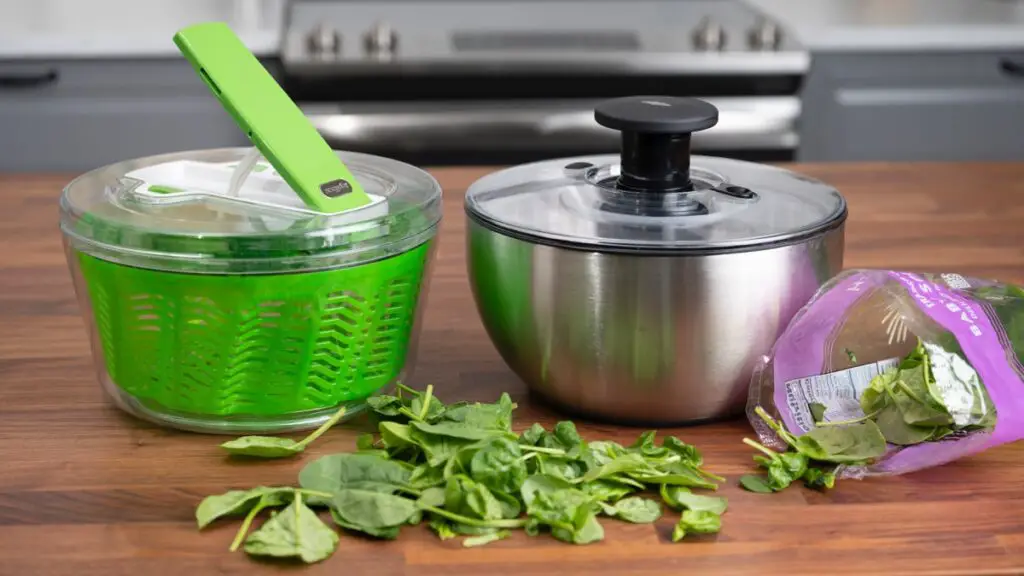
Lettuce is a green vegetable with high water content (about 96%). The water content in lettuce reduces when it is spin-dried.
When you put lettuce in a salad spinner, the spinner rotates at high speed, creating a centrifugal force.
The force created drives out the water particles because they are smaller, reducing the water content in lettuce.
3. Separation of blood components from blood samples
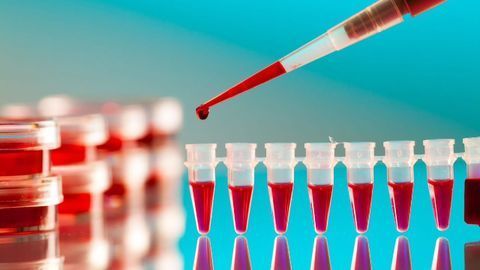
The components of your blood can be separated using a centrifuge.
The blood sample contains platelets, red blood cells, white blood cells, and plasma.
When your blood sample is put in a centrifuge, the denser red blood cells sink to the bottom as the less dense plasma particles and platelets are removed.
This process is applied in studying the structure of components of blood.
4. Fractionation of subcellular organelles
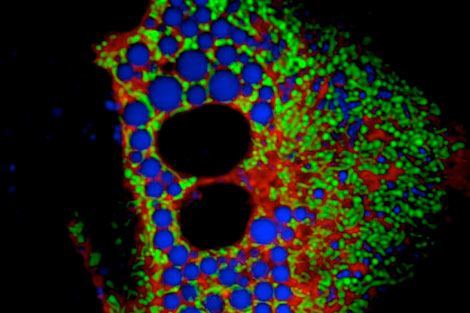
Cell biologists separate subcellular organelles in a cell for microscopic studies by centrifugation.
Each integral part of the cell is studied under an electron microscope, revealing its structure.
Biochemists study the components of the subcellular organelles to determine their chemical composition.
For the above procedures, the cell organelles are separated by centrifugation, where smaller organelles are removed, leaving the heavier ones behind.
5. Separation of chalk from water
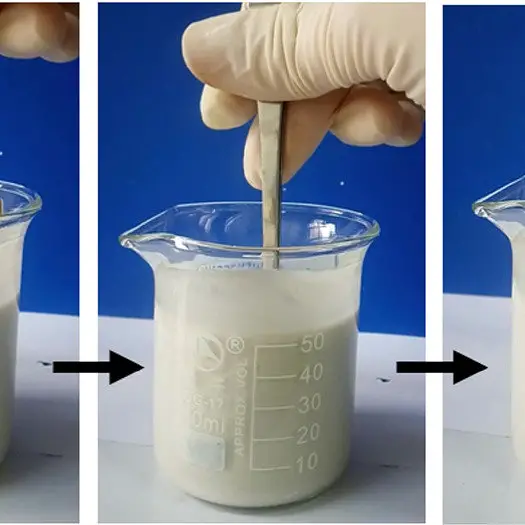
Chalk forms a suspension with water. The particles of chalk can be removed by centrifugation.
The centrifuge fitted with test tubes spins around at a high velocity causing the chalk particles to sink. The liquid part (water) is poured off, leaving chalk as a residue.
Centrifugation is ideal for separating solid particles that are sparingly soluble in a liquid.
6. Separation of miscible liquids
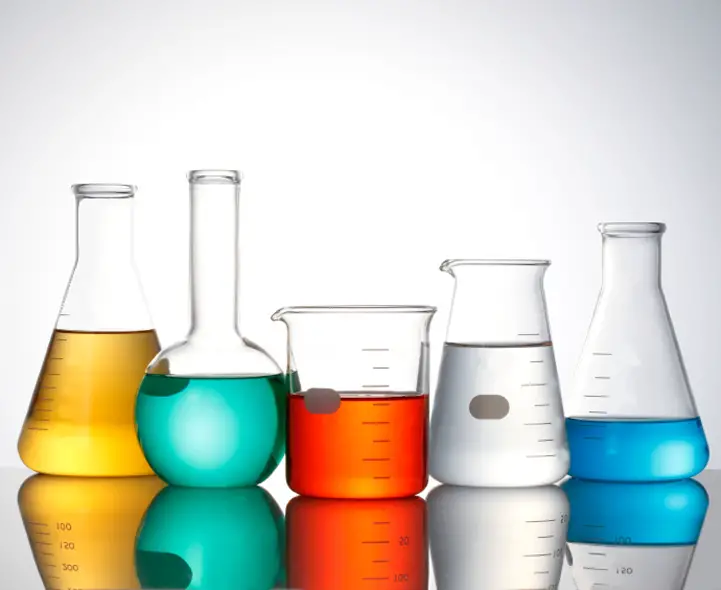
Gasoline and diesel are liquid hydrocarbons obtained from crude oil. They are miscible liquids. Their boiling points are close, and they are used as fuels.
When using diesel as a fuel in internal combustion engines, gasoline traces are removed by centrifugation.
Diesel and gasoline are both fuels but should not be used in the engine as a mixture. The two components are separated to prevent the vehicle exhaust system from choking up with smoke.
7. Purification of mammalian blood
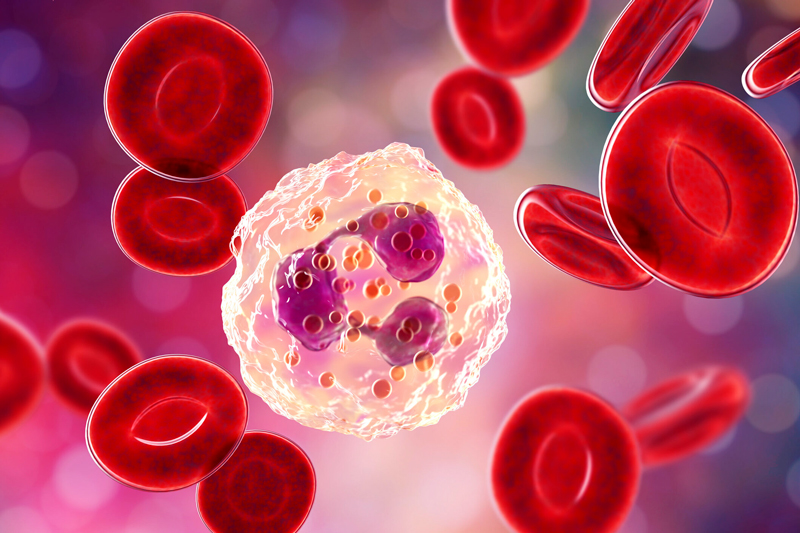
Excess proteins and salts in your blood is removed by ultra-filtration and centrifugation.
During centrifugation, the red blood cells sink to the bottom while the protein and salt particles are removed.
The red blood cells are free of impurities are transfused back to the body.
8. The honey separator
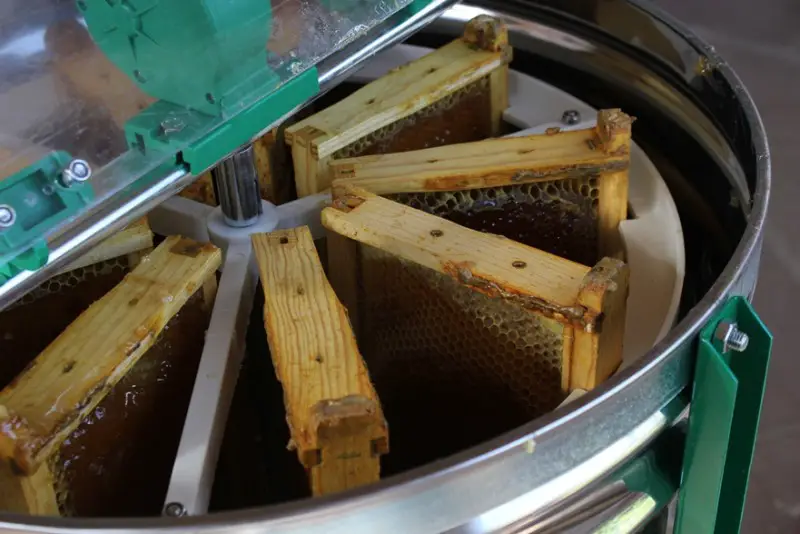
The honey separator, also known as a honey extractor, removes honey from honeycombs without squeezing them.
A basket that spins at high speed is put in a drum containing the honeycombs.
The spinning basket creates a centrifugal force which extracts the smaller honey particles leaving the wax in the comb with large particles.
This method is preferred because the honeycombs remain in shape, and contamination is minimal.
Closing Thoughts
Centrifugation works where other methods of separation may not work.
We should employ it more regularly, especially when all the mixture components are to be recovered without distortion.
The method is suitable for separating components for scientific research because of the purity of components separated.

